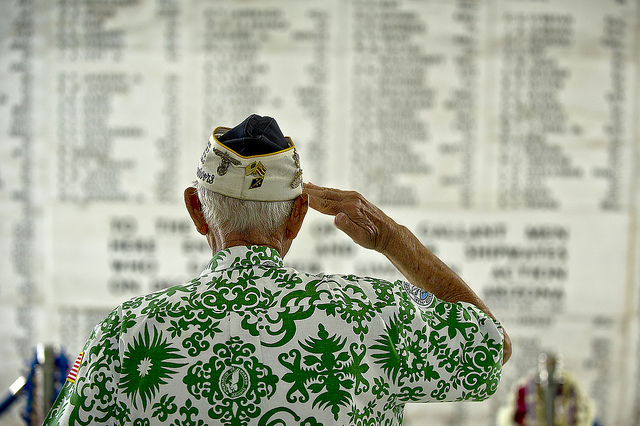The January 15th Al-Shabab attack on an AU forward base in Somalia still leaves many questions unanswered. Although unconfirmed, officials are saying that 80-100 Kenyan troops were killed and some analysts fear the attack represents a new strategy from Al-Shabab – namely, a shift from “soft targets” such as tourist areas towards military bases and police outposts. This has some wondering if the spate of recent attacks represent Al-Shabab’s efforts to maintain legitimacy in the face of new competition from Islamic State. While Kenyan President Uhuru Kenyatta insists his country will remain engaged in the fight against terrorism in the Horn, Kenyan troops have pulled out of a few Somali towns. With yet another bomb attack this week – on a police truck in Kenya’s eastern Lamu district – one wonders how long Kenyatta can maintain support for a battle that appears increasingly difficult to win.
Elsewhere in Africa, new satellite footage suggests the presence of mass graves in Burundi. In neighboring Rwanda, the US Secretary of Commerce Penny Pritzker just wrapped up a trip aimed at furthering US-Rwandan economic ties. This comes in spite of recent condemnation from the US regarding Kagame’s bid for a third term. Further north, developments in the struggle for control of South Sudan only serve to exacerbate the country’s divisions. Elsewhere, former Ivorian strongman Laurent Gbagbo has pleaded not guilty in the opening of his trial at the International Criminal Court.
Police officers in El Salvador are leaving the force in droves in the face of increased gang violence and threats on the officers’ families. The violence in El Salvador and other Central American countries has increased the number of refugees seeking asylum in the United States. In an important policy shift, the Obama administration is now working with the UN Refugee Agency to more fully and efficiently screen and process the migrants. While the violence is a threat to many, one group benefits from the insecurity – human smugglers. And this story demonstrates just how complex the US-Mexico border can be; it documents the story of a young woman who lives in Ciudad Juarez but attends college, just three miles away, in El Paso.
Finally, are cities the new countries? Mexico City made steps in that direction this week under a new law that grants the municipality more independence from the federal government. As urbanization gains steam in the years ahead, thinking about the role of cities will become increasingly important for humanitarian agencies as well. As of today, nearly 860 million people live in urban slums and, as IRC President David Miliband notes, 59% of refugees are now in urban areas. This, Miliband notes, does not simply suggest the need for more aid – it also places the burden on the humanitarian community to adapt and implement “better aid.”






